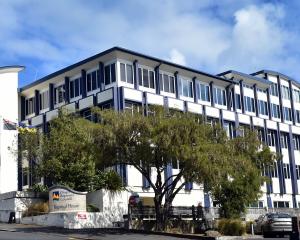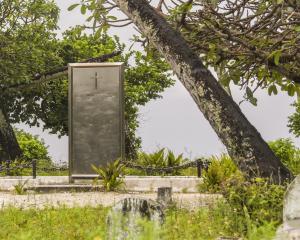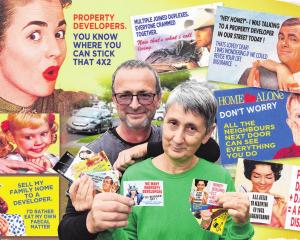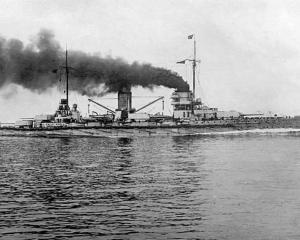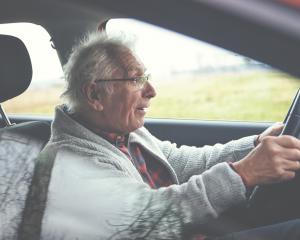We can help tourist drivers, writes LynneHill, of Mosgiel.
Some of the solutions being offered to improve tourist driving in New Zealand may be helpful.
But some of them make unwarranted assumptions about tourists' knowledge of English, both spoken and written.
I am an English second language volunteer tutor, who has observed driving practice in a number of areas in China, from choked motorways round Beijing to two-lane twisting roads in the mountains near Lijiang in the west.
I would not drive in China, nor Russia, Greece or Dubai, simply because I cannot read those languages.
So picture cues, like those recently suggested in The Wash, would be far more helpful than signs in any of those languages saying ''Keep Right''.
Are we 100% sure that drivers from countries which use alphabets other than European can read our instructions?
Arrows and symbols are much better, for they are more quickly understood.
New Zealanders speak fast, and assume very easily that they have been understood.
Recently, Craig Foss suggested that ''G'day mate, I'll give you a hand'' is the Kiwi way.
If it really is the Kiwi way then it is not communicating at all clearly.
G'day mate will not be in many bilingual dictionaries.
Nor is the idiom ''I'll give you a hand''.
If the person does speak English, they may wonder why anyone would give a hand.
After all, the international gesture to give one the finger is not an expression of approval.
If a hand is offered, is that five times the amount of disapproval, an indication of a handshake, or a high five?
Similarly, a rental car representative facing a crowd waiting to collect cars will give the minimum of instruction without confirming that their instructions have been understood.
Nor does the representative necessarily know enough about the car being rented.
In Wellington, the rental car company had to summon the mechanic to explain how to start a keyless car.
Chinese drivers can encounter very crowded highways.
I have seen an unorthodox manoeuvre there where an on-ramp was used by vehicles as an off-ramp to avoid a traffic jam.
There was no shouting, no road rage.
A passenger from the car using the lane incorrectly walked down the ramp to its entry point as an on-lane.
The passenger held up his hand.
The car using the lane correctly stopped.
The process continued several times with correct and incorrect drivers alternating smoothly.
In the West, where some tourist routes are like our scenic highways, the roads are narrow and twisting.
A double yellow line in New Zealand indicates no passing on either side.
In some other countries a double yellow line is never seen.
Nor is there a clear understanding of how much clear vision there should be before overtaking.
In Sabah I have seen a car pull out to overtake a slow-moving, heavily loaded palm nut truck when there was approaching traffic.
Local custom was for the approaching traffic to slow down so the overtaking car could get through; local custom understood by local drivers.
I would agree with the proposal for a stand-down period for those having come straight off longhaul flights.
Jet lag has no favourites and I do not think it is wise for anyone at all to drive straight after a long flight.
We need to look very carefully at our communication with overseas drivers.
Is it crystal clear, spoken at a reasonable pace, free of idioms, and insistent about keeping left?
Do we emphasise New Zealand rules about overtaking strongly enough?
If not then we must do our share in the task of keeping the roads safe for everyone.

